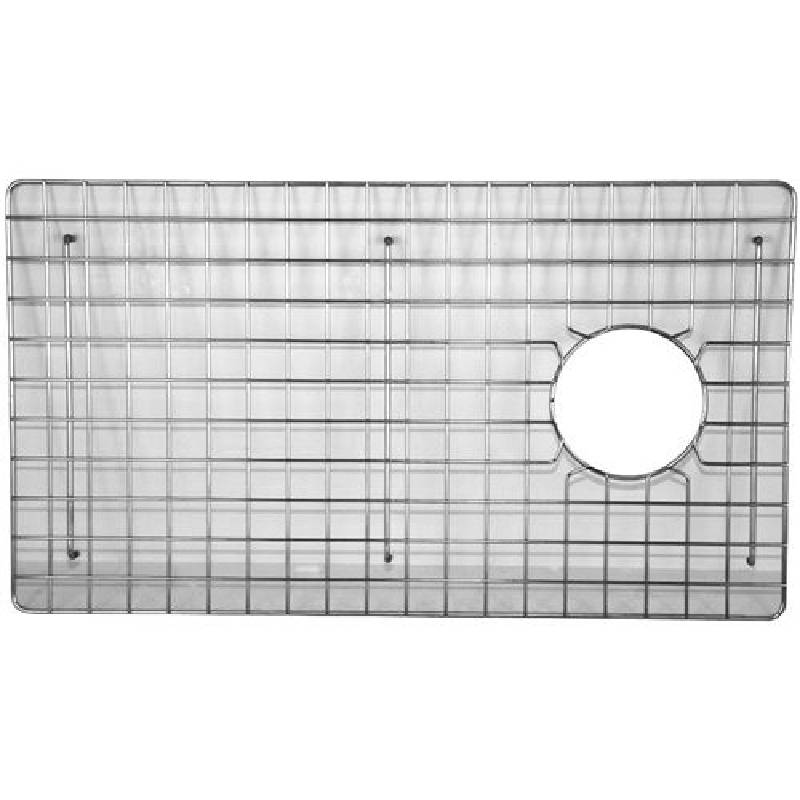
- Mobile Phone
- +8613931874955
- sales@cntcmetal.com
conical helical spring
The Conical Helical Spring Design, Applications, and Benefits
A conical helical spring is a type of mechanical spring that combines the characteristics of both conical shapes and helical coils. This unique design enhances its functionality in various applications across multiple industries. Understanding the intricacies of conical helical springs can provide insights into their advantages, manufacturing processes, and typical uses.
Design and Structural Characteristics
Conical helical springs are characterized by their tapering spiral design, where the diameter progressively decreases from one end to the other. This conical shape allows for a compact design while providing efficient energy storage and shock absorption. The material composition often includes high-carbon steel or stainless steel, which ensures durability and resistance to deformation under extended use.
The coiled structure of the spring gives it the ability to compress and expand, either axially or radially. When a load is applied, the spring compresses, storing potential energy, which can later be released. This spring design can also be customized in terms of wire diameter, coil diameter, and the number of active coils, allowing for tailored solutions to meet specific application needs.
Manufacturing Process
The manufacturing of conical helical springs typically involves several key processes. First, the steel wire is drawn into the desired diameter. Subsequently, the wire is coiled into a conical shape using specialized machinery that maintains precise dimensions. After coiling, the springs undergo heat treatment to enhance strength and elasticity. The final steps may include surface treatments, such as coating, to improve resistance to corrosion and wear.
Quality control is crucial throughout the manufacturing process to ensure the springs meet specified mechanical properties. Tests for tensile strength, fatigue resistance, and dimensional accuracy are standard practices in the industry.
conical helical spring

Applications
Conical helical springs are employed in numerous applications due to their advantageous design. One prominent use is in automotive suspension systems, where they help absorb shocks and provide a smoother ride. Their tapered shape allows for efficient use of space, making them ideal for compact vehicle designs.
Another application is in various types of machinery and equipment, where they provide force and motion control. For instance, they are used in valves, dampers, and actuators, where consistent performance is vital. Additionally, conical helical springs often find roles in consumer products, providing support and resistance in items like mattresses and chairs, contributing to comfort and durability.
Benefits
The advantages of using conical helical springs extend beyond their functional features. Their ability to manage high loads in a compact design makes them a preferred choice for engineers. The tapered profile not only saves material but also optimizes the spring's performance by reducing the likelihood of buckling and improving space efficiency.
Moreover, the customization options available in terms of size and material allow for highly specialized applications. This adaptability makes conical helical springs a cost-effective solution for industries that require precision and reliability.
In conclusion, conical helical springs play an essential role in various mechanical applications, providing strength, durability, and efficiency. Their unique design and ability to perform under stress make them a valuable component in modern engineering and manufacturing. As technology advances, the demand for such specialized springs continues to grow, promising further innovations and applications in the future.
share:
-
Wall Ties for Concrete: Invisible Guardians of Building Structural StabilityNewsAug.08,2025
-
Timber Frame Wall Ties: Stable Bonds for Load TransmissionNewsAug.08,2025
-
Stainless Steel Woven Wire Mesh: A versatile material from boundary protection to functional supportNewsAug.08,2025
-
Powder Coat Coil Springs: Creating peace of mind and reliability with sturdy protectionNewsAug.08,2025
-
Floor Standing Sign Holder: A Powerful Assistant for Flexible DisplayNewsAug.08,2025
-
Binding Iron Wire: An Invisible Bond for Building StabilityNewsAug.08,2025
-
Yard Sign Stakes: Reliable Guardians of Outdoor SignsNewsAug.04,2025



















